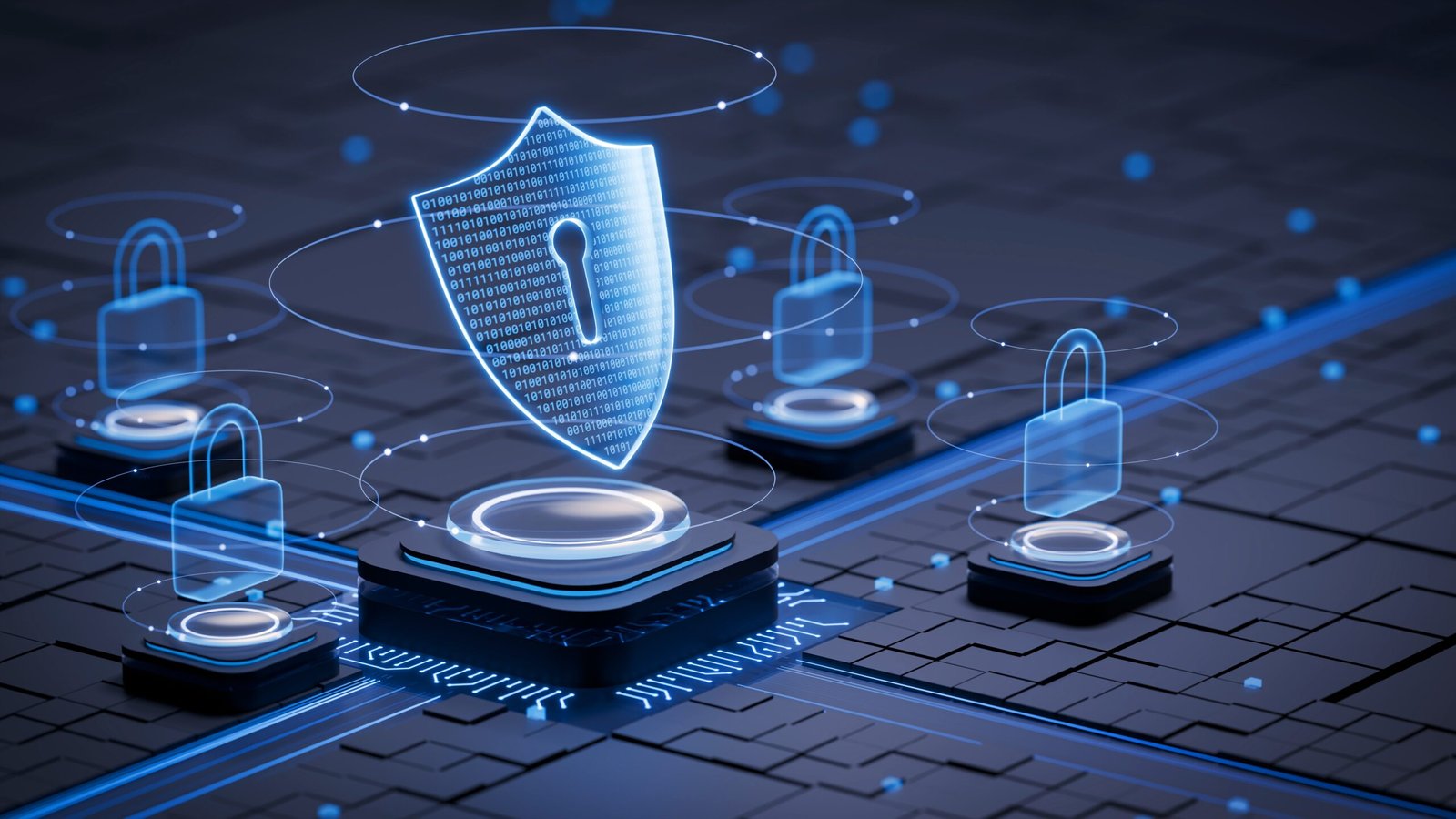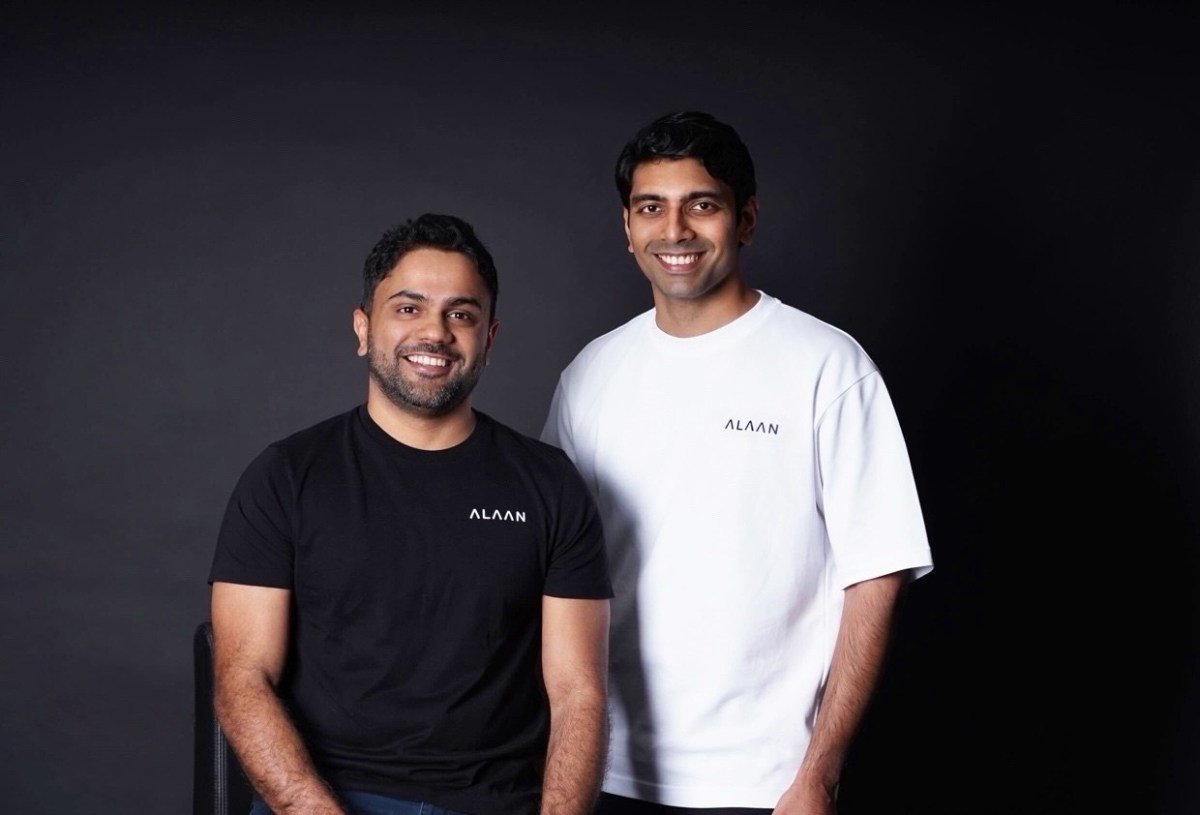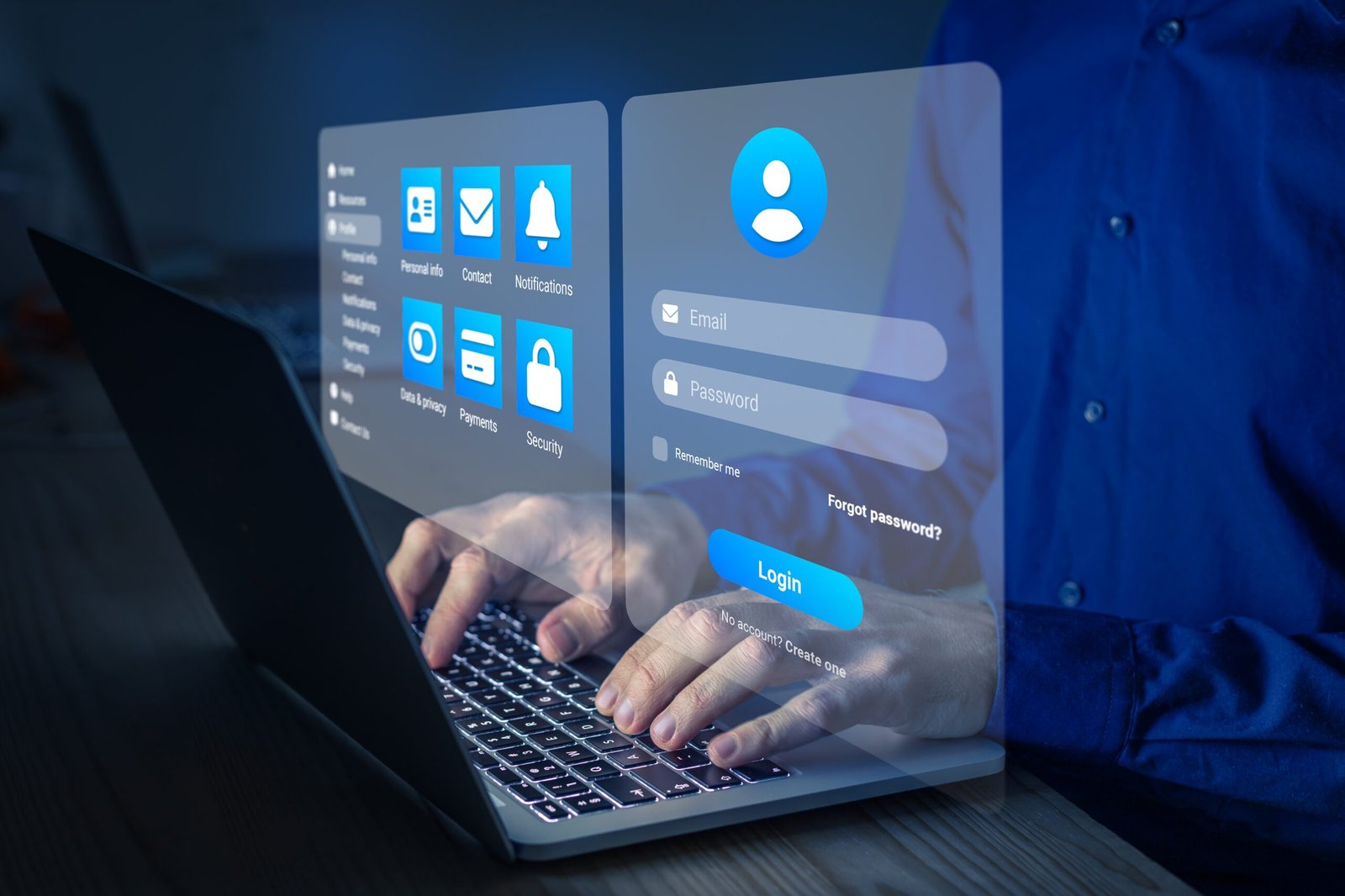
Security operations are under pressure from all sides. Threats are faster, attack surfaces are expanding, and demands on people and tools continue to grow. At the center of it all, one constant holds: Security Information and Event Management (SIEM) remains a cornerstone of the modern SOC. According to a recent 2025 Security Operations Insights Report, nine in ten security and IT leaders still consider SIEM essential to safeguarding their organizations.
This underscores a core truth: SIEM isn’t outdated. It’s indispensable. But like any critical system, it must adapt to meet today’s realities and tomorrow’s risks.
The future of SIEM isn’t about ripping and replacing the industry itself. It’s about reimagining how it can better serve security teams, moving from static log aggregation and reactive alerts to intelligent automation, real-time insight, and proactive defense. The shift is already underway with AI as the catalyst. It’s changing not only what SIEM platforms can do, but how teams interact with them day to day.
Field CTO, Cyber Security team, Sumo Logic.
The limitations of traditional SIEM
SIEM emerged in response to the industry demand for centralized visibility and log correlation across digital environments, enabling teams to sift through overwhelming event data and generate alerts in early-generation SOCs. And while first-generation SIEM delivered many improvements to SecOps, it has long struggled with more sophisticated capabilities like real-time analysis and alert accuracy.
Over time, these shortcomings have intensified. Security teams receive thousands of alerts per day across countless services, and nearly half of those alerts remain uninvestigated due to their volume and talent scarcity. Workflows are fragmented, triage is time-consuming, and teams are forced to manually gather context across disparate tools.
These daily pressures are contributing to widespread burnout and fatigue across the cybersecurity workforce, costing U.S. enterprises over $600 million in lost productivity each year. The result is slower detection, delayed response, and greater risk exposure.
This points to a growing disconnect between what SIEM delivers and what organizations need. While the core concept behind SIEM remains essential, most tools today fall short of delivering the speed, scalability and intelligence required to defend today’s digital environments. The Security Operations Insights Report also found that, of the security and IT leaders that view SIEM as relevant, three-fourths are actively considering alternatives.
The case for Intelligent SecOps
The growing strain on security teams has made one thing clear: SIEM platforms have an opportunity to evolve into a service that realistically supports the needs and environments that teams work in today. Intelligent SecOps represents this shift: a model where the core principles of SIEM are preserved, but transformed through AI, automation and cloud-native scale.
According to the same survey, 90% of security leaders see AI as an extremely or very important factor in their decision to adopt a new security solution. These leaders are looking for tools that not only collect data, but help them act on it – faster, smarter, and with greater context.
1. Smarter Triage: Less Noise, More Signal
AI models help reduce false positives by continuously learning from threat intelligence, analyst feedback and environmental patterns. By enriching and prioritizing alerts, these systems elevate the most actionable signals, helping teams focus on the threats that truly matter.
2. Automated Investigations and Contextual Enrichment
Modern SIEM platforms powered by AI offer more than detection. Rather, they automate early-stage investigations by enriching alerts with context, mapping related events and visualizing likely attack paths. Assistive tools like AI copilots can surface key insights instantly, reducing manual work and accelerating decision-making.
3. Proactive Threat Detection with Behavioral Analytics
AI tools enable behavior-based detection that goes beyond static rules or known indicators. By identifying deviations from normal patterns across users, endpoints and applications, these systems surface stealthy or evolving threats. Integrated frameworks like MITRE ATT&CK help contextualize behaviors and link them to known adversary tactics.
4. Accelerated Response Through Automation
With enriched alerts and intelligent correlation, teams can move faster from detection to containment. AI-powered workflows and playbooks enable automated responses, such as isolating hosts or disabling credentials, reducing the window of exposure and freeing analysts to focus on strategic analysis.
5. Cross-Environment Correlation and Real-Time Normalization
As digital environments stretch across cloud, on-prem and SaaS, AI helps normalize and correlate telemetry in real-time, surfacing threats that span infrastructure boundaries. This eliminates blind spots and supports unified investigation across an increasingly complex attack surface.
SIEM as a strategic partner
As threats grow more dynamic and resources remain constrained, the tools security teams rely on must become more than just dashboards. They must become intelligent partners. The evolution toward Intelligent SecOps is not just a technology upgrade. It’s a shift in how teams work, how they scale and how they think about risk. It reflects a broader change in mindset, away from reactive firefighting and toward resilient, intelligence-led operations.
The SOCs of tomorrow will not be defined by how many alerts they generate, but by how intelligently and efficiently they respond. AI-powered SIEM is at the heart of that move towards Intelligent SecOps, bringing clarity to chaos and action to insight.
We’ve listed the best Robotic Process Automation (RPA) software.
This article was produced as part of TechRadarPro’s Expert Insights channel where we feature the best and brightest minds in the technology industry today. The views expressed here are those of the author and are not necessarily those of TechRadarPro or Future plc. If you are interested in contributing find out more here: https://www.techradar.com/news/submit-your-story-to-techradar-pro




